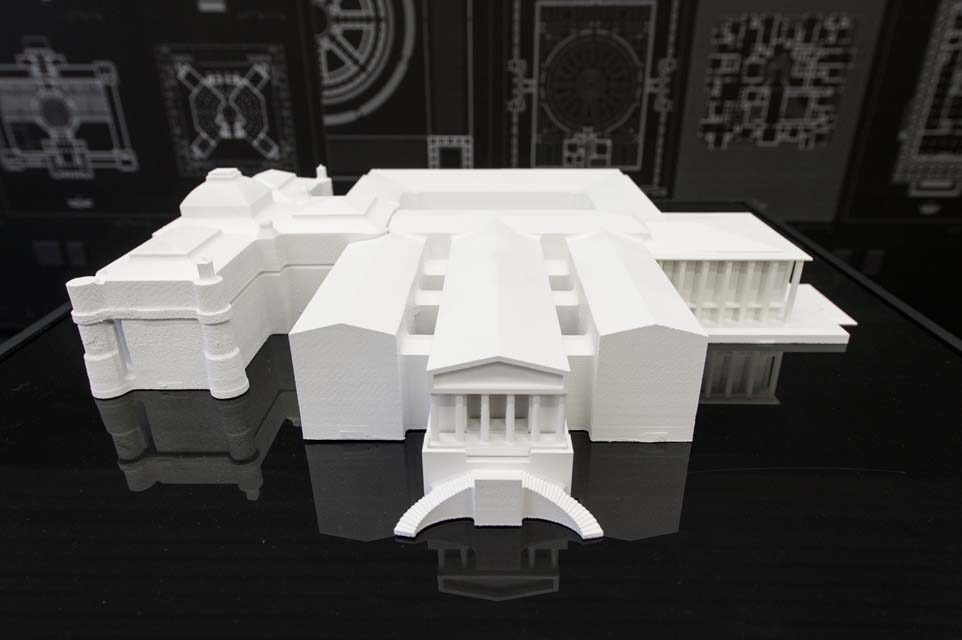Architectural iconography, or the use of symbolism in building design, holds a significant influence in shaping the identity, cultural context, and narrative of a built environment. Utilizing symbols, motifs, and cultural references, architects infuse their designs with meaning, communicating narratives that resonate with the community, celebrate history, or express ideals and values. These symbolic elements can be visible in various architectural features, from facades and interiors to landscaping and public spaces, shaping the perception and experience of a place. Let’s explore the power of symbolism in architectural design and its role in shaping built environments.
Reflecting Cultural Identity
Architectural iconography can serve as a symbolic representation of cultural identity, embodying the traditions, values, and heritage of a community. By integrating design elements that reference local customs, myths, and historical narratives, architects create a built environment that resonates with the collective identity and pride of the community, fostering a sense of belonging and cultural continuity.

Communicating Ideals and Values
Symbolism in architecture can convey abstract concepts, ideals, and values. Whether through the choice of materials, form, or ornamentation, architects can imbue their designs with symbolic meaning, expressing concepts such as unity, freedom, sustainability, or progress, thereby creating a built environment that communicates aspirational or visionary narratives.
Creating Landmarks and Identity
Iconic architectural symbols, such as national monuments, historic landmarks, or contemporary structures, serve as visual representations of a place’s identity and significance. By incorporating elements with strong cultural or historical connotations, architects have the power to create enduring symbols that define the character and identity of a city, region, or nation.
Evoking Emotions and Memories
Architectural symbolism can evoke emotional responses and resonate with individual and collective memories. Design elements that recall significant events, cultural motifs, or local narratives have the potential to create a sense of nostalgia, pride, or connection, enriching the human experience of a place and fostering a deeper appreciation of its significance.
Expressing Spiritual and Religious Significance
Symbolism in religious and spiritual architecture plays a profound role in expressing faith, beliefs, and reverence. Through the use of sacred geometry, religious motifs, and symbolic ornamentation, architects create spaces that evoke a sense of transcendence, spirituality, and interconnectedness, serving as a physical manifestation of shared religious or spiritual values.
Engaging in Visual Storytelling
Architectural iconography allows designers to engage in visual storytelling, establishing a dialogue between the built environment and its inhabitants. By integrating symbolic elements and visual narratives, architects create spaces that invite exploration, contemplation, and interpretation, fostering an enriched and multilayered experience for users and visitors.
In conclusion, architectural iconography serves as a potent tool for imbuing built environments with meaning, symbolism, and narrative. By integrating cultural references, expressing values, and creating enduring landmarks, architects have the ability to shape the identity and experience of a place, evoking emotions, memories, and connections that transcend the physicality of the built environment. When employed thoughtfully, architectural symbolism enriches the human experience, fosters cultural continuity, and fosters a deeper appreciation of the significance of the built environment within the collective consciousness.